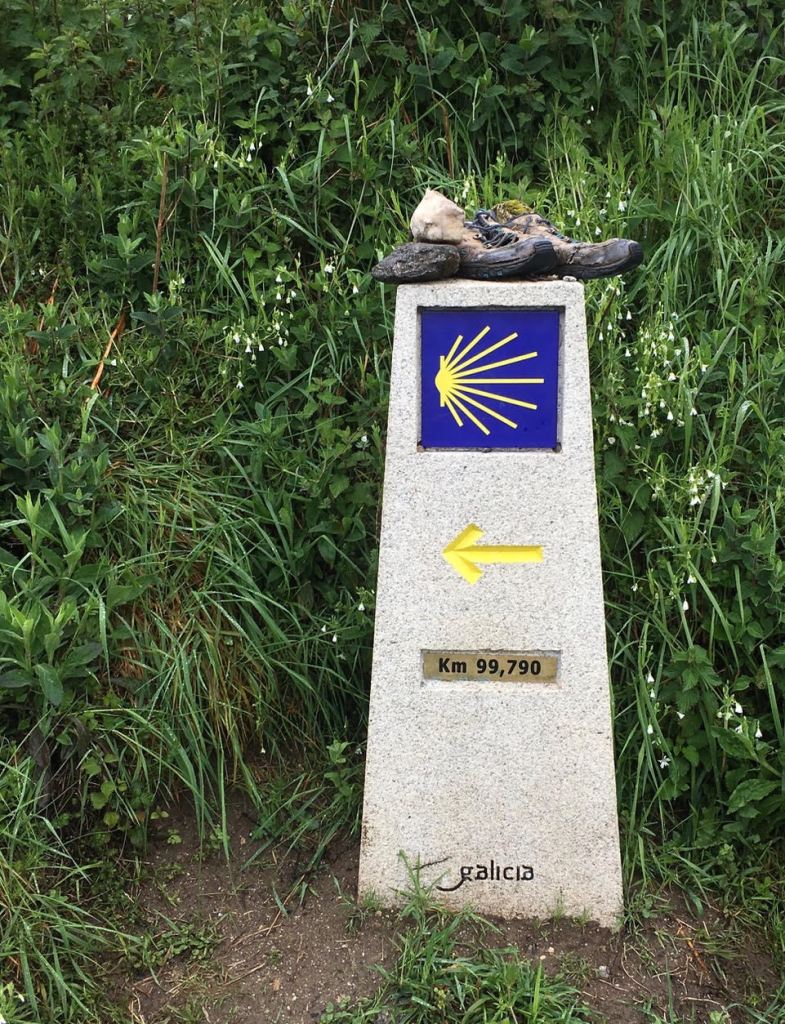
The Camino, Jakobsweg, the Chemin?
They all mean the same: the Way, in particular, the Way to Santiago de Compostela where the bones of St James, an apostle of Jesus of Nazareth, are said to lie in the crypt of the cathedral.
The Camino Frances is the best known pilgrimage trail across Northern Spain from St-Jean-Pied-de-Port in France to Santiago de Compostela in north-western Spain. During the Crusades of the 11th and 12th centuries Santiago de Compostela was a closer and safer destination for Europeans than Jerusalem or Rome. Many trails fed into Spain from all over Europe. The best known come in from France, Portugal and Germany but routes have been found in nearly every country in Europe.
In the last few decades a revival of the Camino has led to the improvement or provision of trails, markers and accommodation. Thousands of people from all over the world have walked toward or to Santiago de Compostela. On the Way they are pilgrims, on a deliberate journey to a holy site. Religious pilgrims walk to St James. Pilgrims out for an adventure enjoy freedom, the landscape, and the company. For other pilgrims the journey is inward. They seek meaning in the daily rhythm of waking, walking, and engaging with others. The journey is the destination.